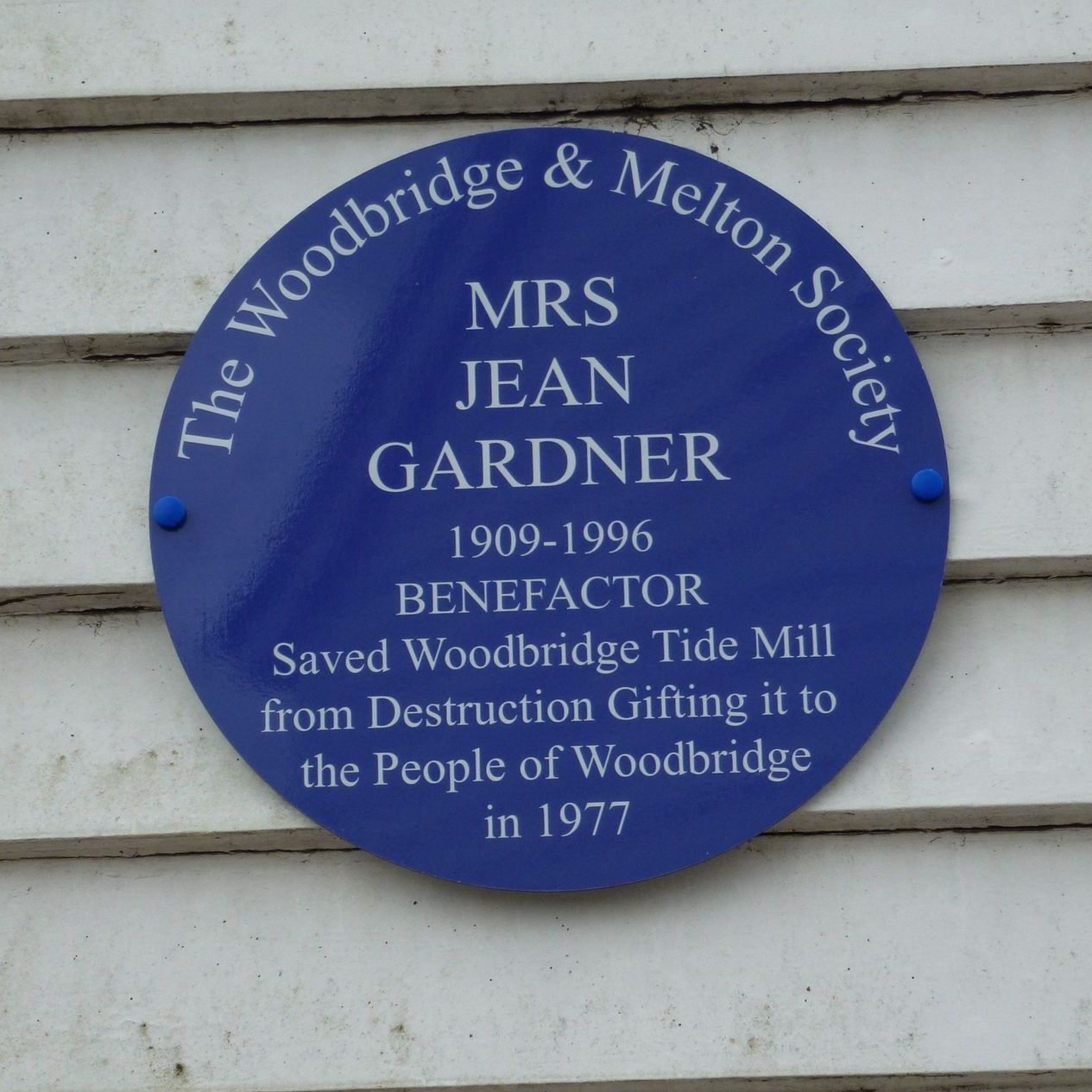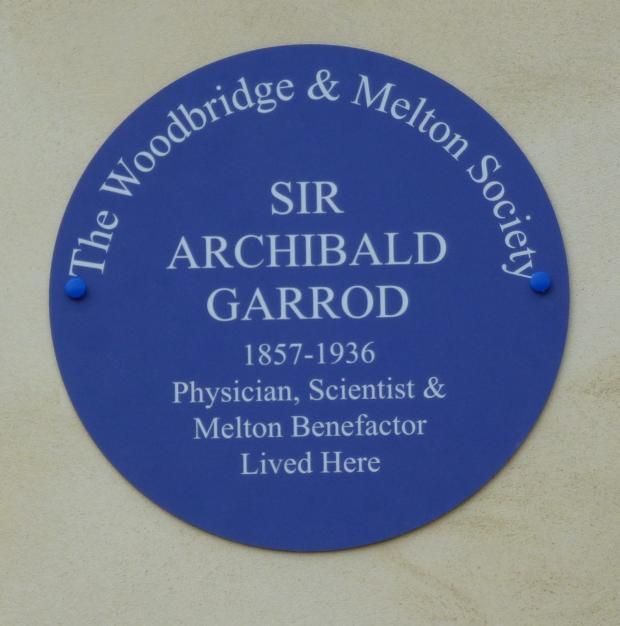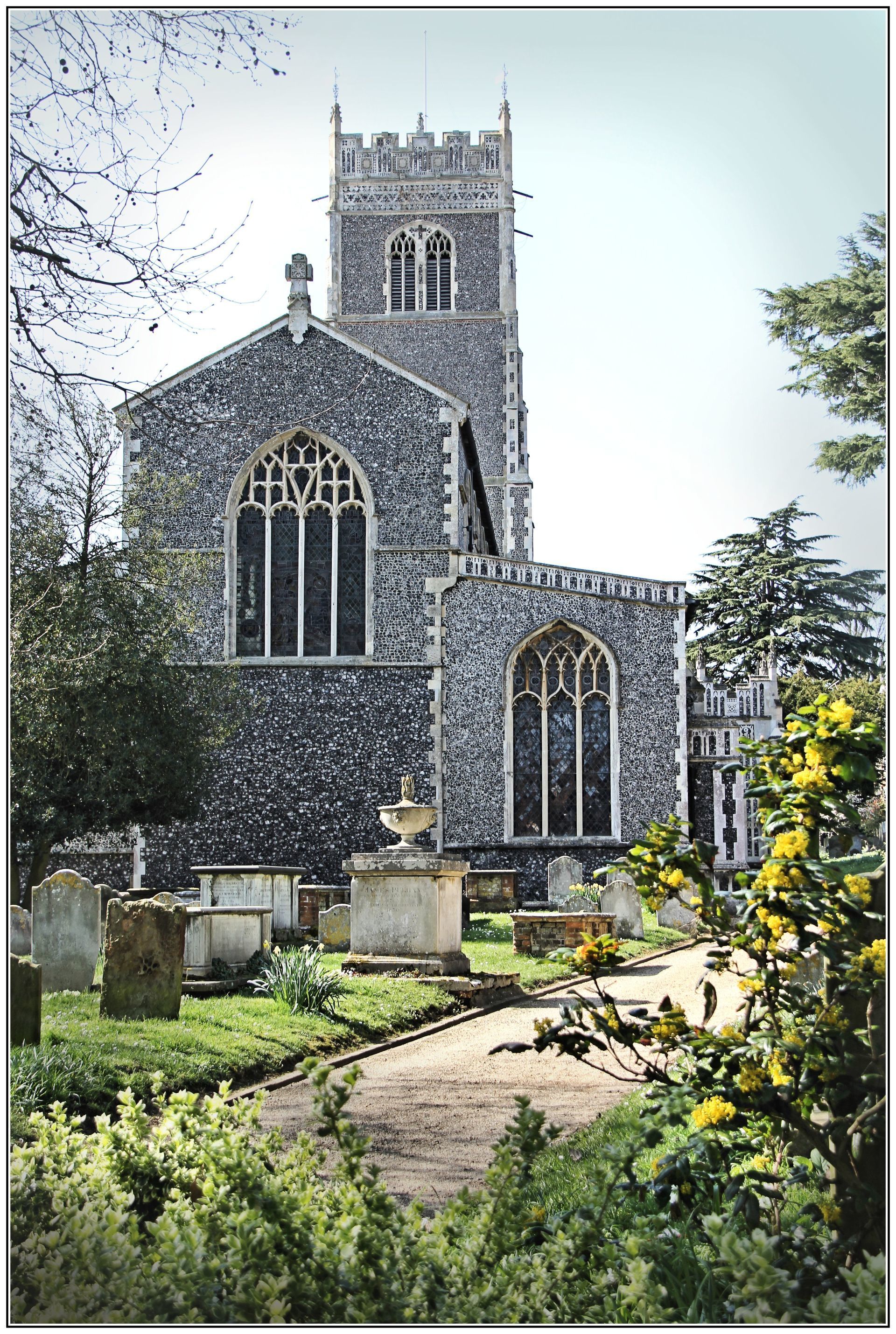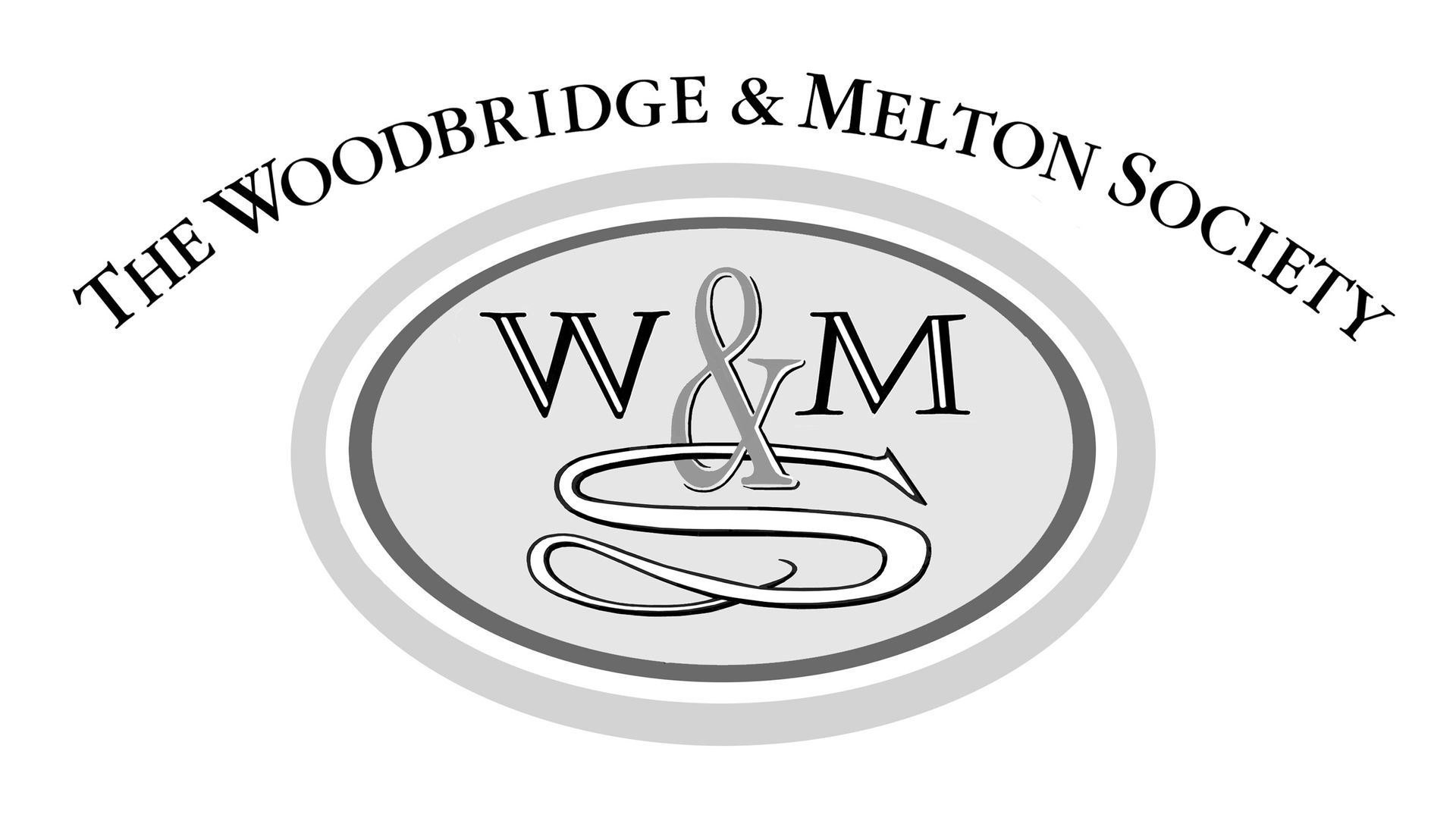Blue Plaques
For many years, the Woodbridge & Melton Society has commemorated notable residents of the towns by a system of blue plaques installed on properties where they lived. The main criteria for this are that people should have been notable nationally in their field, have lived for a significant period of their lives in Woodbridge or Melton and have been dead for at least 20 years.
The Society invites members and non-members to assist in its Blue Plaque scheme. You can do this by nominating candidates for a Blue Plaque together with reasons why they should be considered. The reasons should relate to the criteria mentioned above. Several possible candidates have already been suggested, viz. Lilian Jane Redstone (1885-1955) – archivist; Enid Blyton (1897-1968) – children’s writer; Anne Knight (1792-1860) – children’s writer; and Francis Light (1740-1794) – explorer. If anyone has information, documentation or suggestions that could assist us in considering these nominations, please do contact us.
Mrs Jean Gardner (1909-1996)
On 29th May 2025, the Society and the Woodbridge Tide Mill Charitable Trust unveiled a Blue Plaque on Woodbridge Tide Mill honouring Mrs Jean Gardner. She bought the near derelict mill in 1968 for £7300 and encouraged its restoration. In 1977 she gave it to the town for the enjoyment of the people of Woodbridge. It is now the only working tide mill in the UK and still produces stoneground flour.
John Carrington (WTMCT Chairman) commented that: “The Mill’s trustees cannot overstate the importance of Mrs Jean Gardner who purchased the mill to save it. Mrs Gardner approached Norman Scarfe, a local historian, after hearing him lecture on the Mill’s plight. They discussed the possibility of her buying and restoring it. Time was short but at its auction in May 1968 Mrs Gardner became the proud owner of a ruined Mill and granary. We are grateful to the work of the Woodbridge and Melton Society in securing this lasting tribute to the lady that saved the mill.”
Jean Gardner lived in Wickhambrook in West Suffolk. In 1962 she was elected to represent her neighbourhood on West Suffolk County Council. As a Councillor, Mrs Gardner served on the governing body of St Audry’s Hospital, an association which enhanced her love of Woodbridge and interest in the town.

Sir Archibald Edward Garrod (1857-1936)
On 15th June 2024, a Blue Plaque was unveiled to Sir Archibald Edward Garrod at his former residence, Wilford Lodge, Station Rd, in Melton. Garrod was a scientist practising medicine at Bart's Hospital, London, where he was most famous for his achievements in the ground-breaking discovery of alkaptonuria and work in the field of inborn errors of metabolism.
Garrod served as a medical consultant to the army in Malta in World War I and he was knighted in 1918 in recognition of his wartime service. Following his death in 1936, he left a legacy in trust, which was used after his death to purchase and establish Melton Playing Field, which is still enjoyed by the village to this day.
The property, Wilford Lodge, was acquired by Sir Archibald’s grandfather, Robert Garrod, in the late 19th century and remained in the family through the generations and Sir Archibald’s lifetime. When he inherited the property from his father, he used it as his country residence until his retirement in 1926, when it became his permanent residence.

Existing Blue Plaques
Bernard Barton (1784-1849)
Barton's Cottage, Cumberland Street
Bernard Barton was a lyric poet, best remembered for his correspondence with many of the leading literary figures of his day and for his close friendship with Edward FitzGerald. He is buried in the Quaker burial ground in Turn Lane, off Church Street.
Thomas Churchyard (1798-1865)
Marston House, 6 Cumberland Street
Thomas Churchyard, a distinguished lawyer who worked at the Suffolk Assizes, was a talented amateur artist of the English landscape school, to which John Constable also belonged. "The variety and freshness of his works put him amongst the most attractive....of English landscape painters of the time." (DoNB).
John Clarkson (1764-1828)
4 Church Street
John Clarkson was the younger brother and active supporter of Thomas Clarkson, the leading campaigner for the abolition of the slave trade. He is buried in the churchyard of St Mary's, Woodbridge.
Edward FitzGerald (1808-1883)
The Little Grange, Pytches Road
Edward FitzGerald, writer, scholar and translator, is undoubtedly the most famous of the literary figures who lived in Woodbridge during the 19th century. His greatest fame derives from his translation and imaginative adaptation of a collection of 11th century Persian quatrains known as the Rubaiyat of Omar Khayyam. He is buried in the churchyard at Boulge, two miles north of Woodbridge.
Norman Heatley (1911-2004)
Orchard House, 99 The Thoroughfare
The discovery of penicillin is rightly attributed to Alexander Fleming in 1928, but he was unable to isolate the active ingredient. This was achieved in 1940 when Professor Howard Florey assembled a team in Oxford that included the young Cambridge graduate Norman Heatley. He was born in Orchard House and lived there during his school and university years.
Sir Ian Jacob (1899-1993)
The Red House, 44 Cumberland Street
Sir Ian Jacob was a military adviser to the British Government during the Second World War and, later, Director-General of the BBC. After retiring from the BBC in 1960 he prepared the Ismay-Jacob Report on the organisation of UK defence.
Isaac Johnson (1754-1835)
7 Market Hill
Isaac Johnson was a surveyor and topographical artist whose work gives us an invaluable record of the East Anglian countryside two hundred years ago. He died, while still working, at Aldeburgh and is buried in an unmarked grave at St Mary's church behind the house where he lived.
Roger Notcutt (1869-1938)
Notcutts Head Office, Cumberland Street
A pioneer in the horticultural industry, Roger Notcutt started the family nursery business in Woodbridge in 1897. The company won a Gold Medal at the Royal Horticultural Society's first Chelsea Show in 1913. Roger was a leading member of the RHS, President of the Ipswich and East of England Horticultural Society, a Fellow of the Linnean Society, and a Woodbridge Councillor and Mayor.
Edith Pretty (1883-1942)
Tranmer House, Sutton Hoo
In 1937, Edith Pretty instigated and funded the archaeological investigations at Sutton Hoo, as well as providing lodgings and a wage for archaeologist Basil Brown. In 1939, Pretty donated the finds to the nation - this remains the largest gift made to the British Museum during a donor's lifetime. During the 1930s, Pretty also sat as a local magistrate. Both BBC Suffolk and East Anglian Daily Times covered the Blue Plaque unveiling event on Friday 19 August 2022.
Margaret Rope (1882-1953)
Courtyard of 9A Church Street
Margaret Agnes Rope was a renowned stained-glass artist and nun who lived and worked in the Carmelite convent in Church St, Woodbridge from 1923-38. The plaque is in the courtyard of 9A Church St which was the entrance for members of the public attending mass at the convent. Several windows designed by Margaret Rope can be seen at the Church of the Holy Family and St Michael in Kesgrave.
Thomas Seckford (1515-1587)
Abbey School, Church Street
Thomas Seckford was a distinguished lawyer who served for 27 years as a Master of the Court of Requests of Queen Elizabeth 1. He was Woodbridge's greatest public benefactor and bequeathed many fine buildings to the town, including the Shire Hall, an almshouse for 13 poor men and a handsome hospital endowed with land he owned in Clerkenwell, London. He is buried in a chapel on the north side of St Mary's Church.


